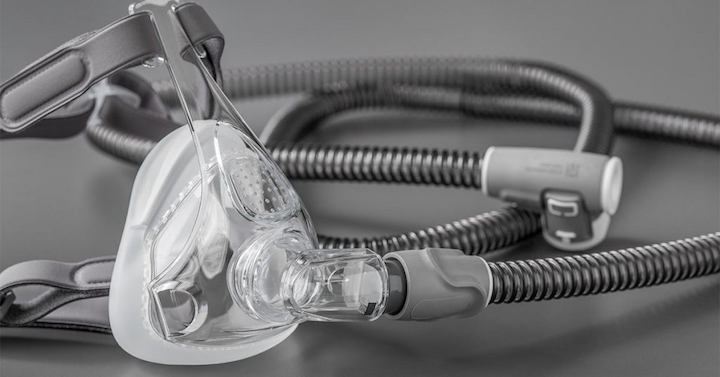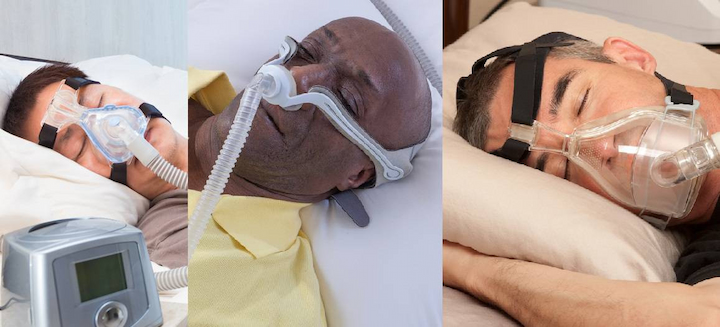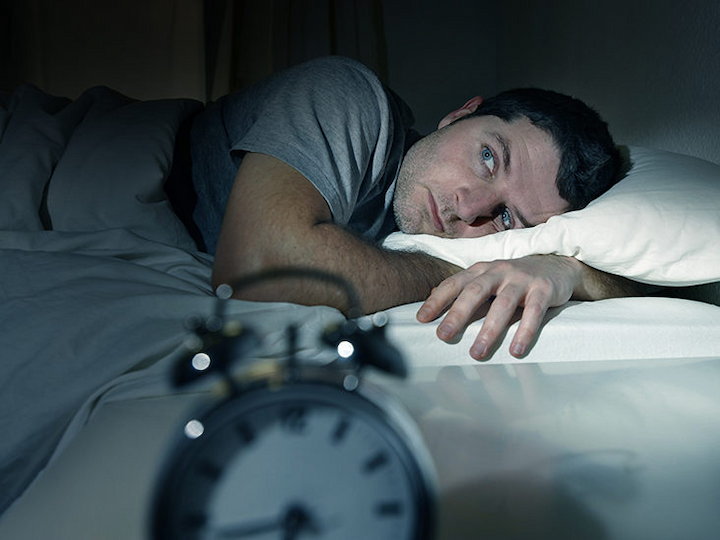One of the most popular methods of therapy for sleep apnea is continuous positive airway pressure with a (CPAP) machine. While you sleep, it maintains your airways open so you can get the oxygen you require for optimal performance. CPAP machines can greatly enhance your quality of sleep and lower your chance of developing a variety of life-threatening illnesses, such as diabetes, heart disease and stroke. So, let’s get into the whats and hows of it.
What is CPAP therapy?
Continuous positive airway pressure (CPAP) therapy is one of the most widely used treatments for sleep apnea. It consists of the right CPAP machine designed to help keep your airways open while you sleep with the lightweight CPAP tubing that’s connected to the mask, delivering a steady air pressure thus allowing you to get the oxygen you need for your optimal organism performance. The continual circulation of air gently prevents your tongue, uvula, and soft palate from moving too far into your airway. Your breathing becomes steadier, which improves the quality of your nightly rest overall.
What is the main function of the CPAP machines and equipment?
CPAP machines are used to treat both central and obstructive sleep apnea. Both difficulties result in decreased oxygen intake and snoring during the sleep cycle. This can happen a few times in a single night, depriving the body of respiration. A CPAP machine is created to prevent this as it draws air from its surroundings, filters and pressurises it, and then delivers it to your mask via a tube.
How Often Should You Replace CPAP Equipment and Supplies?

CPAP Tubing
The primary advantage of heated CPAP tubing is comfort, but it also helps in the extension of the duration of your CPAP therapy because of allowing for more moisture in the airflow as opposed to the standard designs that dispense condensation. Playing such a crucial role in your therapy, it requires some care and maintenance. This is due to the fact tubing can become dirty over time because of being in touch with your bodily oils and dirt from regular use.
Moreover the moisture, whether from humidifier or your own breath, makes for a breeding ground for bacteria and mould which increases the possibility of toxins entering your airways and lungs. I don’t have to mention this can further worsen the problem of sleep apnea. To avoid any of this, it’s advisable to replace your CPAP hose every three months – this refers to any of the two types
Mask
The tougher plastic component of your interface is the mask. Since it’s in touch with your skin, it’s recommended to replace it every three months same as the CPAP tubing even if you tend to rinse it daily after every use, and wash it out at least once per week.
What are the different types of CPAP masks?
1. A few distinct kinds of masks are readily available for your medical needs. Your level of comfort, your breathing patterns, and the type of sleep apnea you have will determine which is ideal for you. Types of CPAP masks include:
2. A nose-covering nasal mask is great for those who experience restless sleep, consciously or unconsciously.
3. Rather than covering your entire nose, a nasal pillow mask can be used to only cover your nostril area. Additionally, some choices on the market feature prongs that are placed inside your nostrils.
4. And then you have the triangle-shaped mask, also known as a “full-face mask” which covers both your mouth and nose. For those who breathe through their mouth while they sleep, a complete mask is recommended to prevent snoring and dry larynx in the morning.
Mask Cushions and Pillows
As often as every two weeks, replace the nasal cushions or mask cushion. These are the portion of the mask that actually touches your face so they can easily get dirty and oily. This can affect the efficacy of the cushions in sealing tightly.
Headgear
Replace headgear on average every six months. Neoprene is the elastic material that helps your mask conform to the shape of your head. It can start to give too much as it stretches repeatedly and fail to maintain a proper seal.
Chinstrap
Every six months, you should also replace your chinstrap. A chinstrap may eventually weaken and become unduly strained, similar to the headgear that holds the CPAP mask in place. Over time, some moving parts can lose some of their effectiveness too.
Filters
Your CPAP machine could include two different kinds of filters, both of which need to be changed on a regular basis – both should be rinsed after every week or so, and the white one should be replaced every couple of weeks. Your device’s durability and the quality of the air you breathe will both be preserved by keeping these relatively cheap components as clean as you can.
Humidifier Water Chamber
Every six months, change the water tank (also known as tub) that serves as the humidifier. Clean and occasionally replace the water chamber if your CPAP has an integrated or linked heated humidifier. The water reservoir may become more difficult to maintain clean if distilled water is not used.
Are there different types of CPAP machines?

A CPAP machine is one type of PAP (positive airway pressure) device. While CPAP machines are the most common, there are other types available. They are as follows:
PAP on two levels
This machine employs two pressure levels: one for inhalation and one for exhalation.
CPAP on autopilot
This device regulates itself by using a variety of pressures to keep airways open.
Adjustable or adaptive servo-ventilation
ASV, which is reserved for people who have central sleep apnea, keeps your airway open by supplying mandatory air when required.
What benefits does CPAP therapy offer?
The breathing pauses brought on by sleep apnea are avoided using CPAP equipment. Additionally, these devices get rid of the negative symptoms of sleep apnea. Some notable CPAP advantages are:
- Better sleep;
- Lower chance of having a heart attack or stroke;
- A decrease in drowsiness during the day;
- Potentially better glucose management in diabetics.
Are there any CPAP therapy side effects?

Insomnia, congestion of the nose, mouth soreness, claustrophobia, nasal bleeding, and skin sensitivity are some of the common issues that may arise when you start this therapy. Most of these negative effects will fade as you get used to your CPAP machine. If your device causes you discomfort, talk to your doctor about other options to achieve optimal health by getting better sleep.